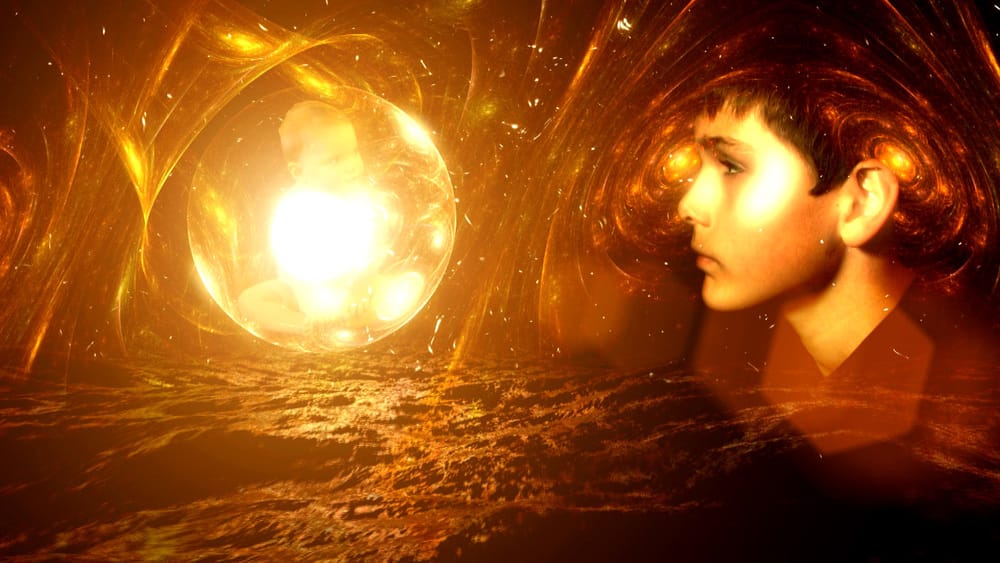To go where no man has gone before...
Arts editor Caz Knight is taken on an cosmic journey through space, to the edge of black holes and 10,000 years into the future

What could a Colombia University string-theorist, a celebrated composer and two filmmakers called Al have in common? Answer: a multimedia retelling and reworking of the Ancient Greek myth of Icarus.
For anyone a bit hazy about the original story, Icarus and his father are trapped in jail and devise a plan to escape that involves fashioning wings out of wax to fly away. They are successful but, being a curious young boy, Icarus defies his father and flies too close to the sun. Those familiar with the chemical properties of wax will have already guessed that said wings melt as Icarus edges ever closer to the sun's scorching rays. Icarus falls to his death in the sea below.
This modern version, Icarus at the Edge of Time, written by Brian Greene, is one of many events that were organized as part of the See Further festival at the ever-delivering Southbank Centre to mark the 350th anniversary of the Royal Society.
Brian Greene is not your standard theoretical physicist. Not only has he written, and successfully too, several popular cosmology books (with many people actually preferring his account of the history of time to Hawking's) but he is also unexpectedly engaging and inspirational – coming across more as evangelist or cult leader than science nerd during his introduction to the family showing of 'Icarus at the Edge of Time' in the Royal Festival Hall on July 4th.
Greene has taken the time and gravity bending properties of black holes and applied them to a new story about the oft-opposing agendas of fathers and sons. Instead of an Ancient Greek slammer, Icarus and his father are aboard a multi-generational interstellar mission to a planet where extraterrestrial life has been discovered. En route, they encounter a black hole. Unable to resist the prospect of going where no man has gone before, Icarus takes his pod out to the black hole's event horizon – the point of no return. The boy survives but returns to the ship's location some 10,000 years later.
Greene's wonderful and emotional story is accompanied by a score played live by the London Philharmonic and written by the iconic Phillip Glass – probably one of the few classical composers from our day, save for maybe Hanz Zimmer, who will be remembered in centuries to come. Keenly interested in science himself, Glass sought advice from Greene about how music would be influenced by gravitational fields: "Would sound be higher or lower at the edge of a black hole?” If you listen closely the music really does twist and morph its way along with Icarus' trajectory.
As Greene's story and Glass' music progresses, Al & Al's subliminal film plays out on a large screen behind the orchestra. A masterpiece in its own right, the piece Al & Al (one abandoning the fashion world for film; the other electronic music producer turned seminarian turned filmmaker) have blended beautiful cosmic imagery with 'real' footage of the very pretty Icarus. It is hard to do justice to Al & Al's ability to create stunning images with words alone.
The Guardian reviewer critisised Icarus at the Edge of Time for being nothing more than a movie with music played in the background, the music not really taking the story forward. True, this is just a story told with the aid of a film, with music in the background. But the film could give Avatar a run for its money with its visuals, the music is everything we could expect from Philip Glass and Greene's mind-bending story teaches us about black holes, gravity and general relativity. I eagerly await the DVD version.








